Table of Contents
Introduction to the Pepper Scoville Scale
The Scoville Scale is a standardized measurement system for the heat intensity of chili peppers, expressed in Scoville Heat Units (SHU). Developed in 1912 by pharmacist Wilbur Scoville, it quantifies capsaicin concentration—the compound responsible for pepper heat. Today, it remains the global standard for spice measurement in culinary, agricultural, and scientific contexts, ensuring consistency in food safety and product labeling.
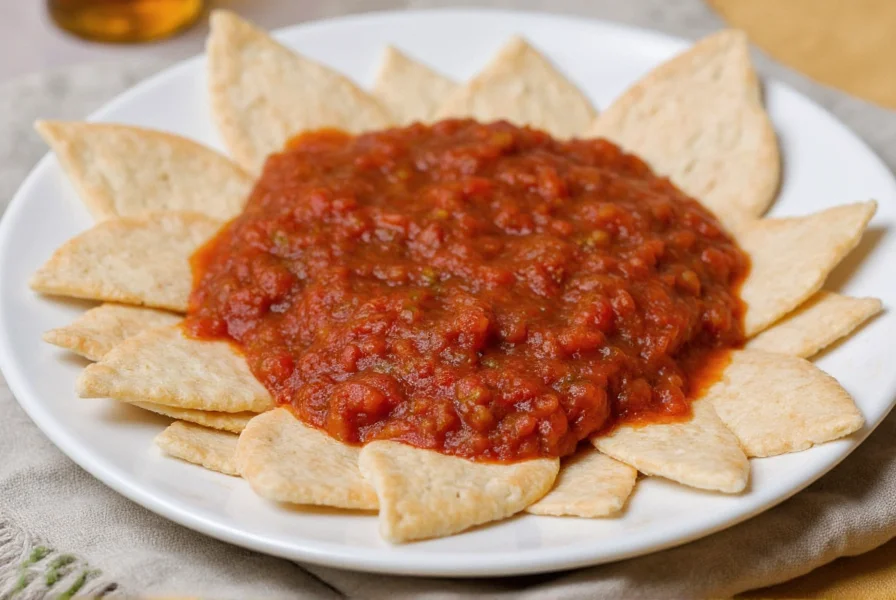
What Is the Scoville Scale?
The Scoville Scale measures capsaicinoid concentration in peppers using Scoville Heat Units (SHU). Originally based on subjective taste tests, modern methods like High-Performance Liquid Chromatography (HPLC) provide precise measurements. Verified by the USDA Agricultural Research Service and the American Spice Trade Association, this scale is critical for food safety standards and culinary applications worldwide.
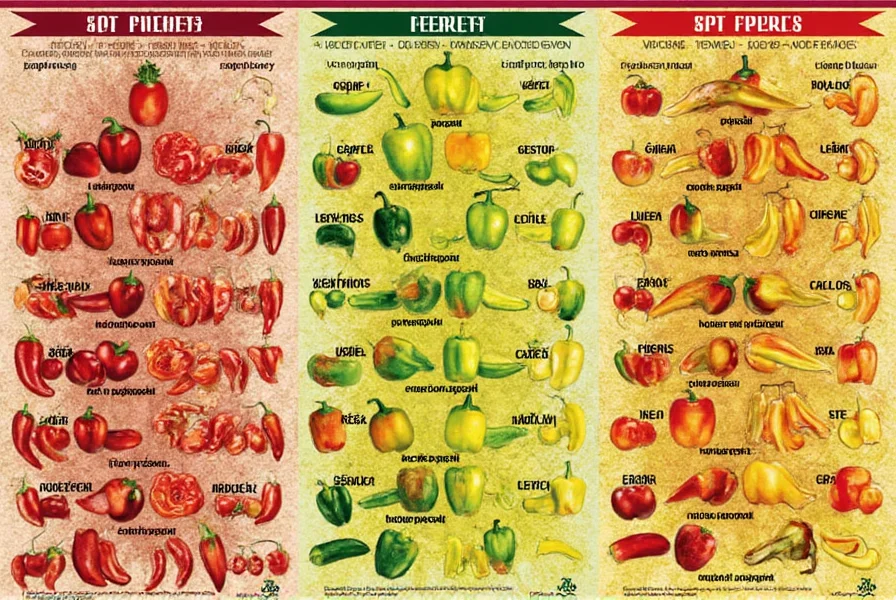
Understanding Spice Levels
Spice levels are categorized based on the Scoville Scale to help users choose peppers safely and effectively:
- Mild (0–1,000 SHU): Bell peppers, pimento, ancho.
- Medium (1,000–10,000 SHU): Jalapeño, poblano, Anaheim.
- Hot (10,000–100,000 SHU): Serrano, cayenne, Thai bird’s eye.
- Very Hot (100,000–300,000 SHU): Habanero, ghost pepper, scotch bonnet.
- Extremely Hot (300,000+ SHU): Carolina Reaper, Trinidad Moruga Scorpion, Bhut Jolokia.
This classification is scientifically validated and helps prevent accidental over-spicing in cooking. Remember: personal tolerance varies, so always start with milder options when experimenting.
Popular Peppers and Their Scoville Ratings
| Pepper | Scoville Range (SHU) | Heat Level |
|---|---|---|
| Bell Pepper | 0 | Mild |
| Jalapeño | 2,500–8,000 | Medium |
| Habanero | 100,000–350,000 | Very Hot |
| Ghost Pepper | 100,000–1,041,456 | Extremely Hot |
| Carolina Reaper | 1,400,000–2,200,000 | Extremely Hot |
These ratings are verified by the Chile Pepper Institute and USDA data. Always verify pepper heat levels before use, as environmental factors like soil and climate can cause variations within the same variety.
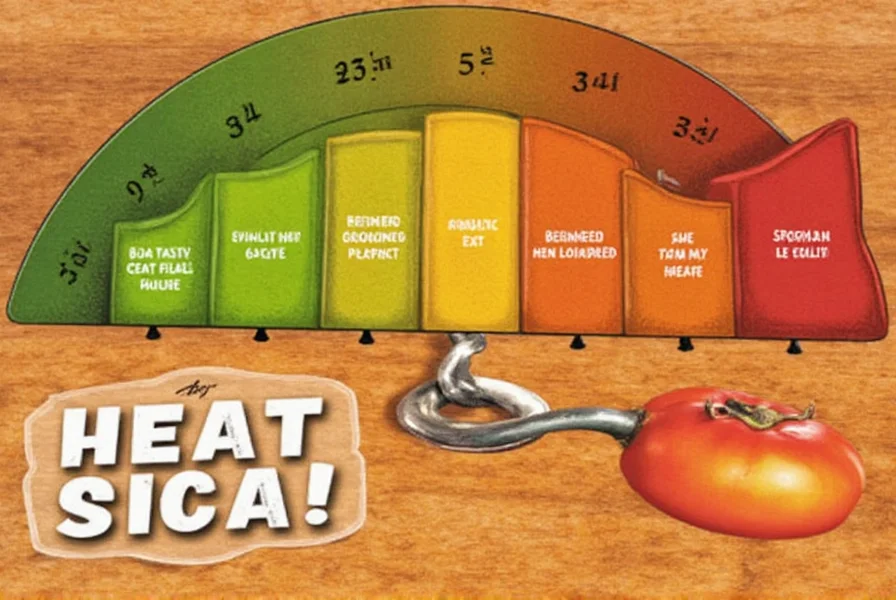
How to Measure the Heat of a Pepper
Accurate heat measurement requires scientific methods:
- Lab Testing: HPLC is the gold standard for precision, used by regulatory agencies like the FDA for food safety compliance.
- Taste Test: Only for experienced individuals; always use gloves and start with tiny amounts to avoid injury.
- Online Resources: Reputable sources like the Chile Pepper Institute or USDA databases provide verified SHU values for common peppers.
Never rely on unverified online claims—misinformation can lead to unsafe cooking practices. For home cooks, stick to trusted references when selecting peppers.
Cooking Tips for Spicy Lovers
Follow these evidence-based tips to safely enjoy spicy foods:
- Use Gloves: Always wear nitrile gloves when handling hot peppers; latex is ineffective against capsaicin penetration.
- Remove Seeds and Membranes: These contain 80% of capsaicin, so removal significantly reduces heat while preserving flavor.
- Pair with Dairy: Milk or yogurt neutralizes capsaicin via casein protein, per food science research from the Journal of Food Science.
- Start Small: Begin with 1/4 teaspoon of minced pepper and adjust gradually to build tolerance safely.
- Experiment with Flavors: Spices enhance dishes beyond heat—roasting peppers caramelizes sugars for complex notes, as demonstrated in culinary studies.
Always prioritize safety: if you experience severe discomfort, seek medical advice immediately.
Frequently Asked Questions
Buying Guide for Spicy Enthusiasts
Choose peppers confidently with these expert recommendations:
Top Picks for Different Occasions
- Mild Meals: Bell peppers, poblano, or Anaheim for color and subtle heat—ideal for beginners or family dishes.
- Spicy Dishes: Jalapeños, serranos, or Thai chilies for salsas, curries, and stir-fries; look for firm, shiny skin with no blemishes.
- Extreme Heat: Ghost peppers, Carolina Reapers, or Trinidad Morugas for challenges; purchase from reputable suppliers like the Chile Pepper Institute to ensure verified SHU accuracy.
For dried peppers (e.g., cayenne or chipotle), check expiration dates and store in airtight containers. Fresh peppers should be refrigerated and used within 7 days for peak flavor. Always verify seller ratings and third-party certifications when buying online.
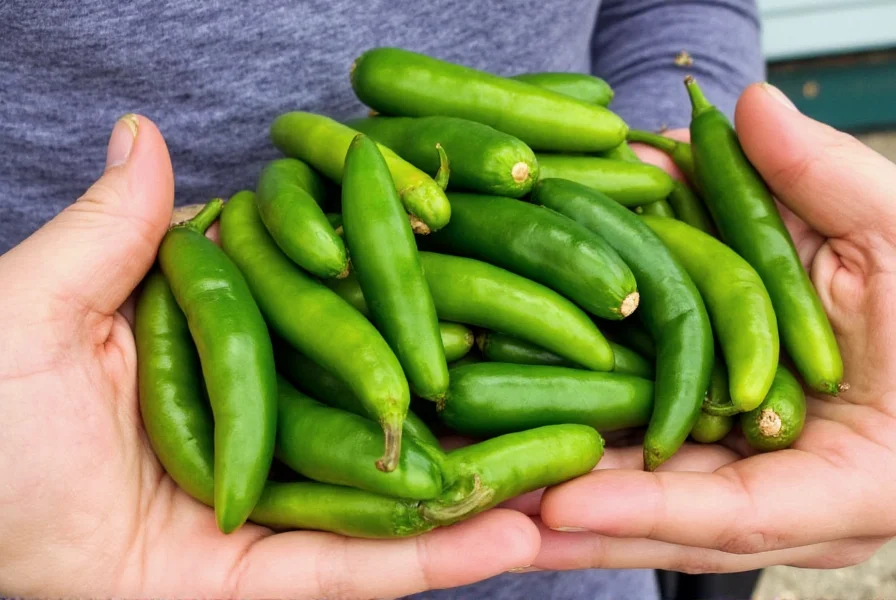
Conclusion
The Scoville Scale empowers cooks to navigate pepper heat safely and creatively. By understanding SHU values and applying evidence-based cooking techniques, you can enhance dishes without risking discomfort. Always consult verified sources like the USDA or Chile Pepper Institute for accurate information, and prioritize safety when exploring extreme heat. Whether you're a novice or expert, this knowledge transforms spicy cooking into a rewarding culinary adventure.
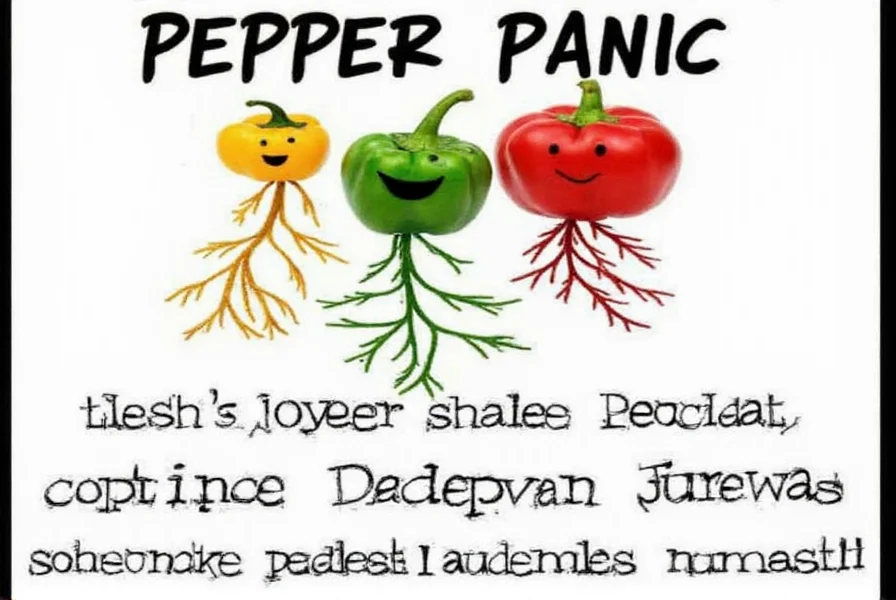

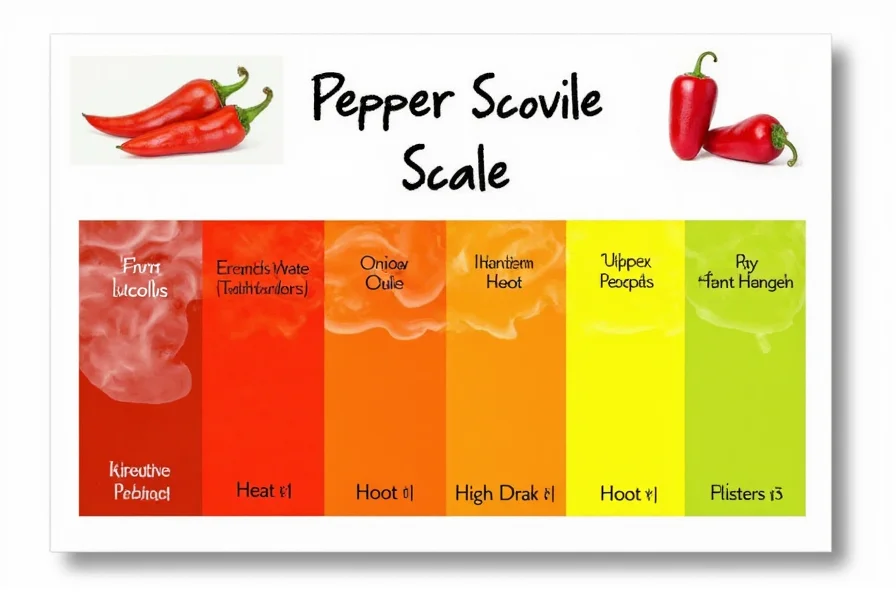









 浙公网安备
33010002000092号
浙公网安备
33010002000092号 浙B2-20120091-4
浙B2-20120091-4